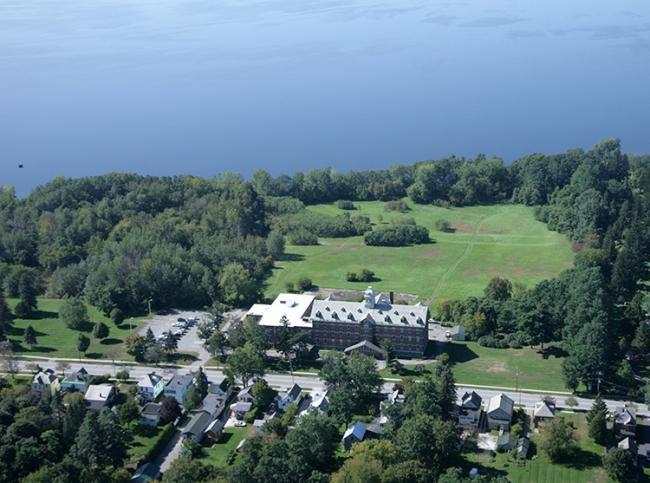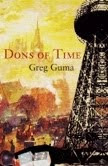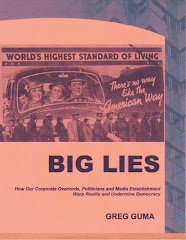Today, Chicago is one of the most watched cities in the world, its streets, trains and buses under constant surveillance by thousands of cameras as part of the “war on terror.” Things have certainly changed since 1886, when it was the most radical city in the United States. In that era rapid industrialization, combined with mass immigration, created a tense environment in which the demands of business owners and the needs of workers were bound to clash.
The working class in this emerging commercial and industrial center was diverse and, in many ways, divided. Skill, occupation, language and cultural differences created considerable barriers to unity, despite the inadequate working and living conditions most workers shared. The labor movement was nevertheless expanding its influence in campaigns to reduce work hours, the formation of workers’ parties, and the growth of trade unions.
Much of the city’s economic development was based on incredible population growth. Irish, Scandinavian, Czech, English and German immigrants dominated the blue-collar work force. In particular, first and second generation Germans comprised 33 percent of the city total population. They had their own newspapers, including the Arbeiter-Zeitung, Chicago’s largest radical daily paper, and their leaders were among the most articulate spokespersons for change.
The bourgeois press called these discontented men and women “communists” and “socialists,” largely ignorant of what the words actually meant. By the 1880s, the term “anarchist” had been added, an attempt to brand labor activists as enemies of all law. But many workers accepted the labor, even embracing it as a badge of honor. For them, anarchism meant liberty, equality and fraternity. They envisioned a free society based on the cooperative organization of production and had come to the realization that peaceful change faced violent resistance.
There was vivid evidence to support this view. Strikes and peaceful demonstrations were routinely disrupted by heavily-armed policy, who beat and sometimes killed unarmed people. Newspapers called for brutal repression. Businessmen created and used private armies to break up labor actions.
Confronted with force, some leaders advised workers to arm themselves, and even to consider dynamite as a means of self-defense. “One man armed with a dynamite bomb is equal to one regiment of militia, when it is used at the right time and place,” trumpeted The Alarm, a radical newspaper edited by Albert Parsons.
Parsons was one of the few native-born Americans who led Chicago’s workers. A charismatic and effective speaker, he talked often of a coming social revolution and the need to be prepared for it. Though skeptical about the prospects for peaceful reform, he also helped to lead the campaign for an eight-hour workday, labor’s central demand at the time.
One May 1, 1886, more than 300,000 workers laid down their tools across North America, united in their eight-hour call. In Chicago, 40,000 went out of strike. Parsons and his wife Lucy led 80,000 workers up Michigan Avenue, while on rooftops police and civilians crouched behind rifles, ready to fire on command.
Violence was averted on this, the first May Day. But the Haymarket tragedy was only a few days away.
NEXT: The Haymarket Bombing































No comments:
Post a Comment